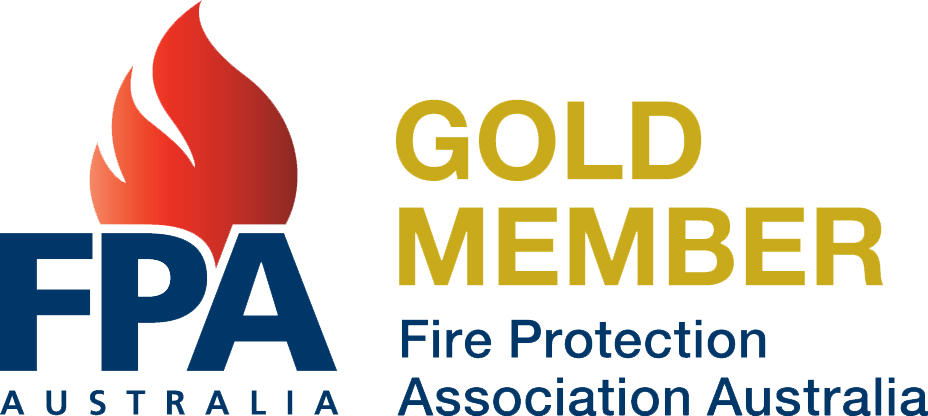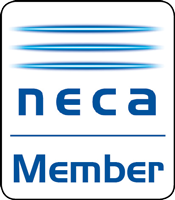Fire hydrant pump systems (also known as fire pumps, hydrant boosters, fire water pumps) provide the most effective means of manual fire suppression when controlled by Fire Brigade personnel. Availability of fire hydrants is essential to fire protection. Fire hydrants may be used to control the spread of a fire, protect neighbouring properties and extinguish an outbreak of fires. The fire hydrant systems are access points that allow fire authorities to connect hoses and quickly disperse large amounts of water to extinguish flames.
Fire Hydrant systems need to be regularly inspected, tested and maintained to ensure continued readiness for use.
In order to have a working fire hydrant system there are several components that should be in place:
This can be from street main water pipes, a static water tank or a dam. There should be some form of automatic replenishment of any water that is used, evaporates or leaks. Consider the capacity of the water supply and whether it would be adequate to address a large fire.
The pipes and valves should allow water to flow from the water reservoir to the hydrant area without restrictions. The size of the pipes and valves should be determined based on the water supply requirements and a hydraulic analysis along with Australian Standards guidelines from AS2419.
This assembly will allow a quick and easy connection for the fire brigade equipment to pump additional water into the hydrant. In normal installations the booster is located in a cabinet and notes any pressure specifications in accordance with the fire hydrant system.
This piece of equipment can be used where there are hydraulic limitations and additional pressure is needed to deliver adequate water supply. The pumpset can be an electric motor or a diesel engine, depending on the requirements for the location.
This is the part of the system that connects fire hoses to the water supply and has a valve to turn the water on or off when needed. The location of the hydrants should be determined based on Australian Standard AS2419, which will specify easily accessible locations to attack any fires quickly.
Depending on the building design and hydrant accessibility, there could be some situations that require a layflat fire hose to be placed near the hydrant. This will allow quick connectivity and extended reach if needed for a fire emergency.
Located in the booster cabinet, pump room and fire control room should be a block plan diagram that clearly illustrates the locations of fire hydrants, water supplies, and other equipment along with capacities where applicable. Other key information such as year of installation, contractor names and other items are also included in the block plan.


